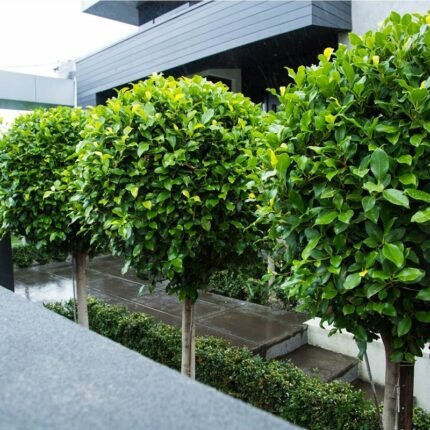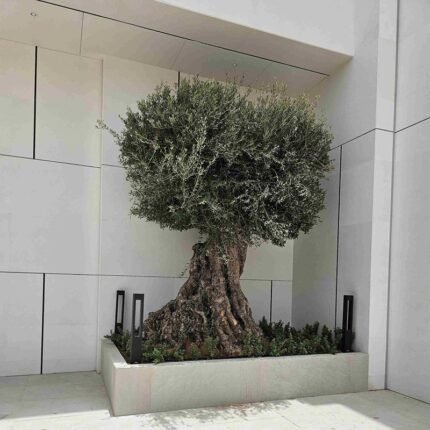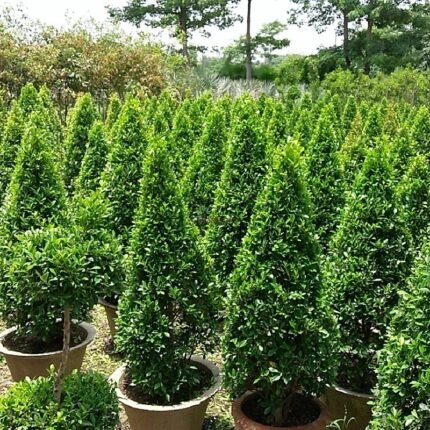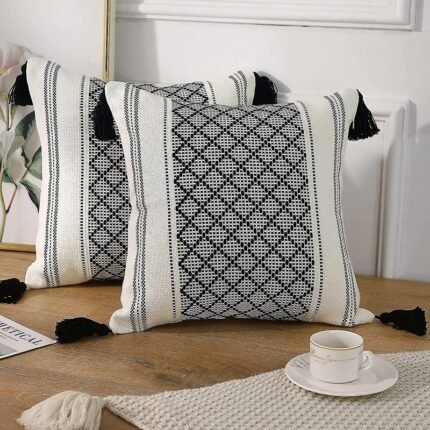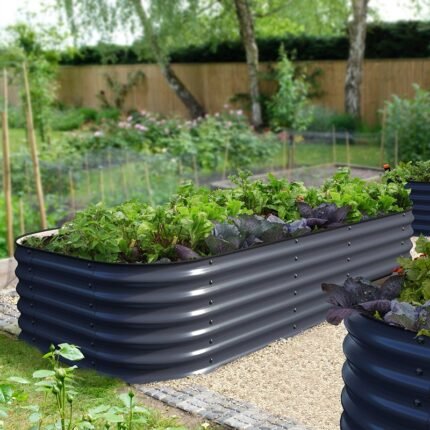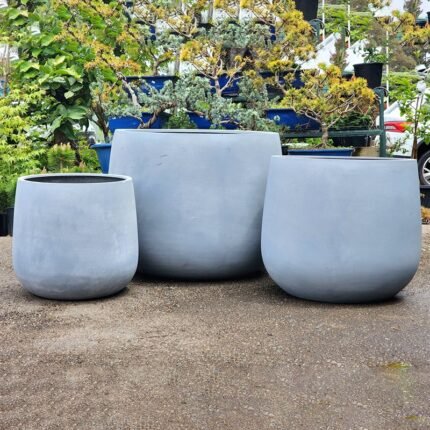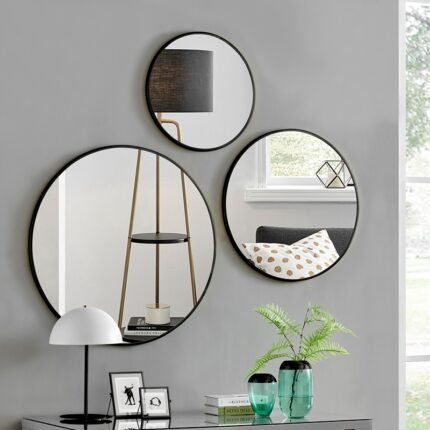FICUS BALL
FICUS BONSAI BIG
Ficus bonsai is ideal for indoors and partially shady areas. Ficus is one of the most popular trees for Bonsai. It is an excellent tree for beginners and pros alike. Virtually carefree; they tolerate low light and humidity of a heated or air-conditioned house. In their natural habitat, these aerial roots are grown with ease in high-humidity environments. At home, you need to recreate these humidity levels which often means an artificial enclosure. The effect is achieved by roots growing vertically downward from branches until they reach the soil, where they develop into thick strong trunks. This can achieve the desired pillar style or the root-over-rock bonsai style called deshojo.
FICUS PANDA CONE
Ficus trees are a common plant in the home and office, mainly because they look like a typical tree with a single trunk and a spreading canopy. But for all of their popularity, ficus plants are finicky. However, if you know how to care for a ficus tree, you’ll be better equipped to keep it healthy and happy in your home for years. Most ficus trees enjoy bright indirect or filtered light with variegated varieties happily able to take medium light. Bright, direct light may result in scalding of the leaves and leaf loss. It requires a moderate amount of watering in summer, and only enough to keep it from drying out in the winter. It does not need to be misted. Ficus trees also cannot tolerate low temperatures or droughts.
COCONUT PALM
Cocos nucifera or coconut palm is a large palm with a swollen, tapered base, an often-leaning grey trunk, and pinnate, bright green leaves, 4-6m long, with many linear leaflets. Small, bowl-shaped, fragrant, cream to yellow flowers are borne at intervals throughout the year, followed by ovoid fruit, each with a green to ochre-yellow or orange-red exterior covering a fibrous brown husk. Height 20-30cm, Spread 12m. Native of Coastal tropical region.
CUSHION
GRC POT – SA
This planter brings weight and grounding
to planters raised up on stands in the mid-century
modern tradition. It is also square adding to the solidity
and the wooden bases are contoured and sculpted into
the planter making for a stable earthy interpretation that
still feels light, modern and elegantly curvaceous. This planter comes with a liner pot inside.
GRC POT – SA
This planter is inspired by the tubular shape of many plants and bulbs that lie just
beneath the surface of the soil. It is almost as if the planter
brings this sub-terraneous shape out to represent the life
support system of the plant for all to see – life springing
forth and nourished from a tubular root structure. This planter comes with a liner pot inside.
GRC POT – SA
The planter has subtly overlapping layers
with different depths to create the play with light and
minerality that designer saw in the natural landscape
and wanted to represent. The earthy colours (brown,
red, sandstone) used in this range are very much part
of the story designer wanted to communicate. This planter comes with a liner pot inside.
GRC POT – SA
This design is characterised by its soft organic form.
It’s suitable for any style and environment. The planter follows an
asymmetrical design with a beautiful play on negative
space. Inspired by nature, and made by translating the soft forms into a family of concrete
planters. Despite its size, the planter contributes in
abundance to the look and feel of any space.
Designed to stand together or independently, this
planters have been crafted to support larger
plants and trees. This planter comes with a liner pot inside.





